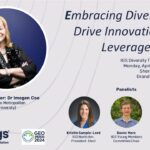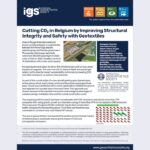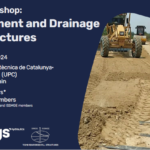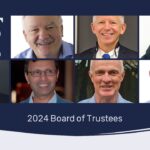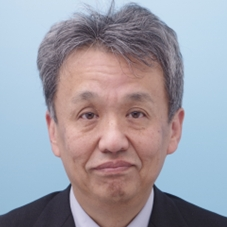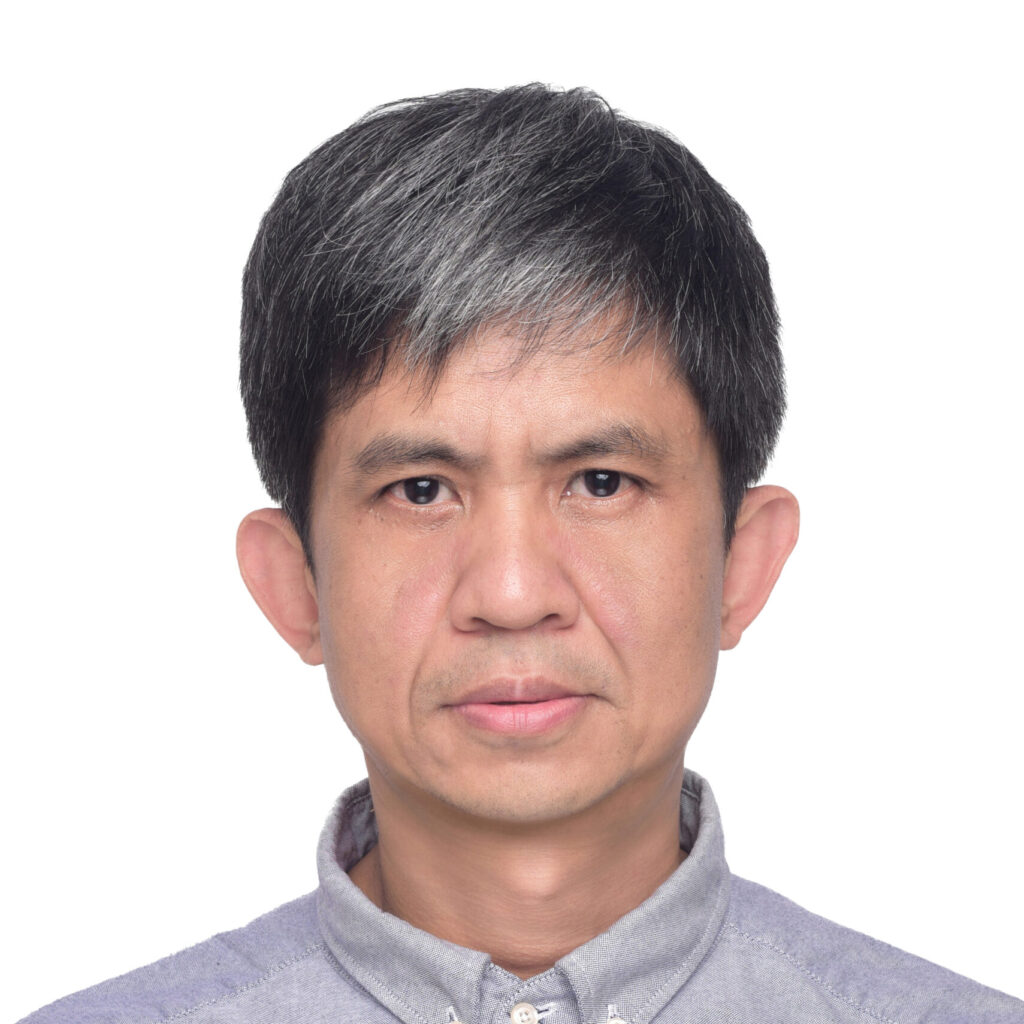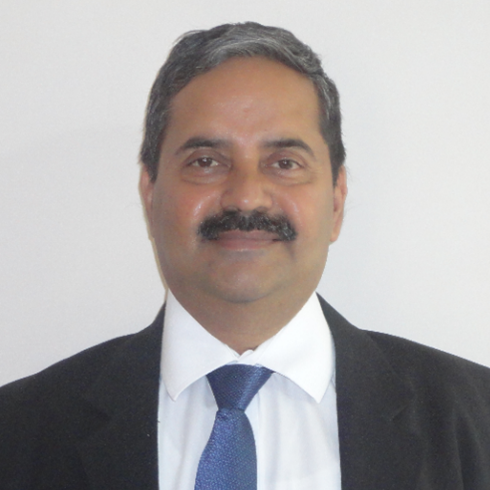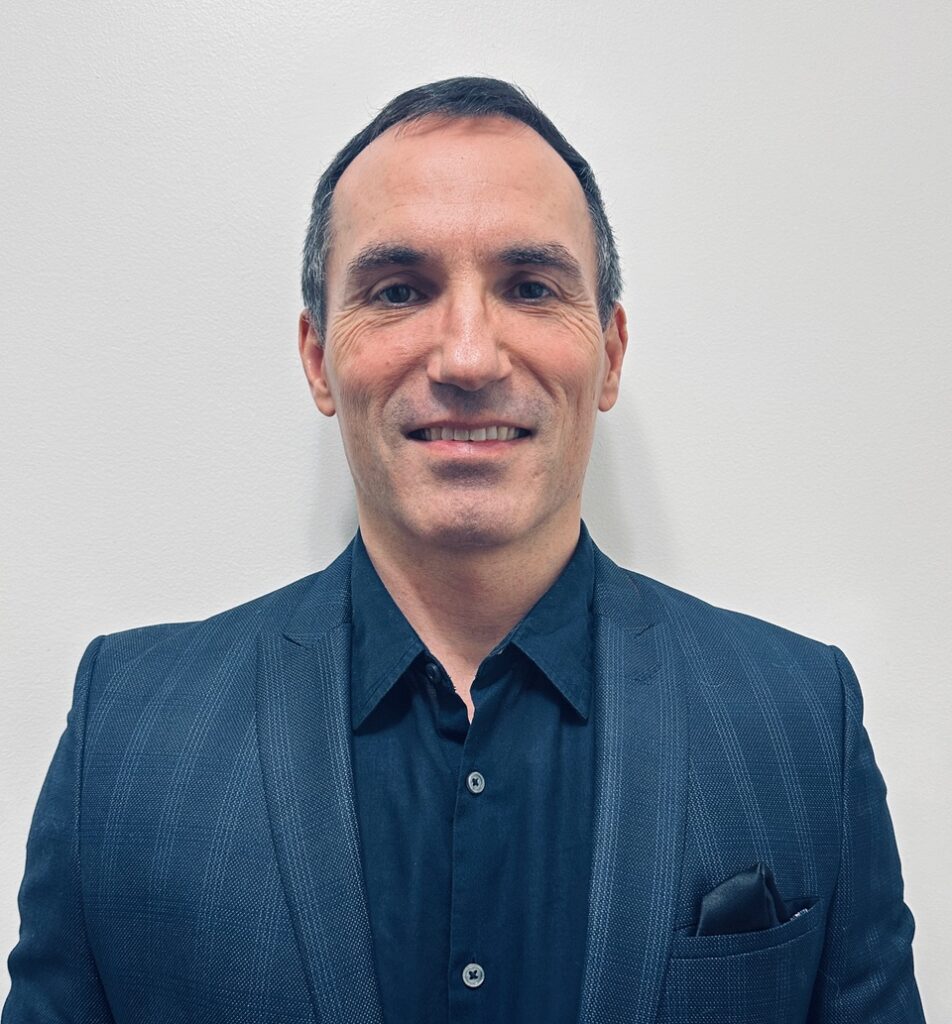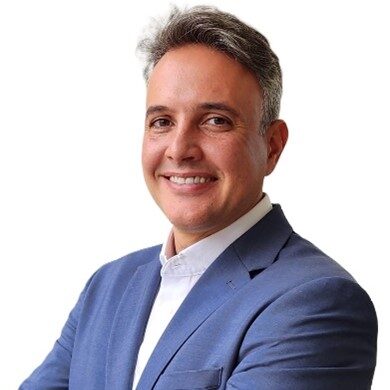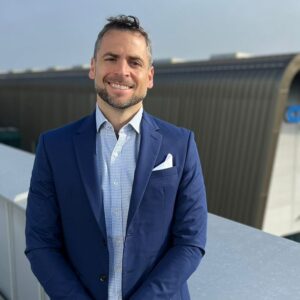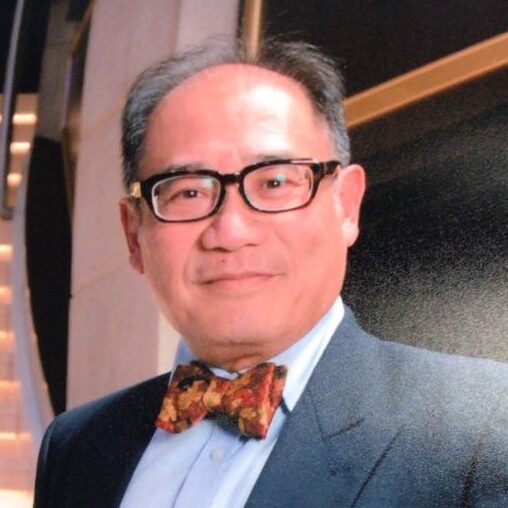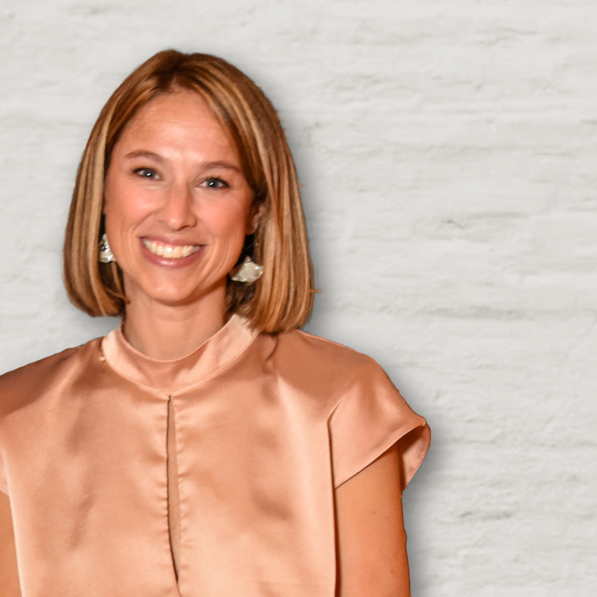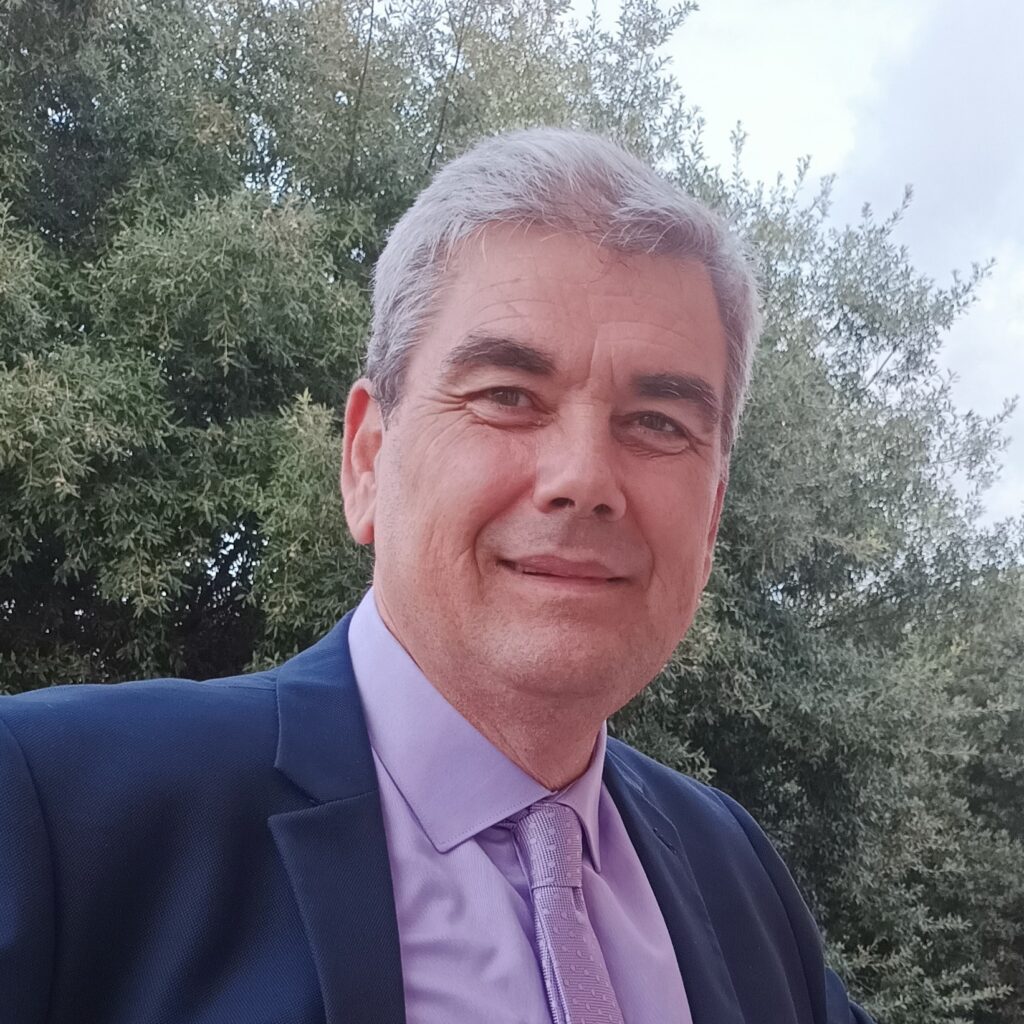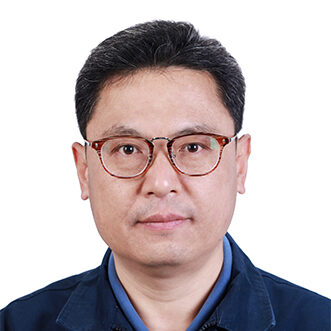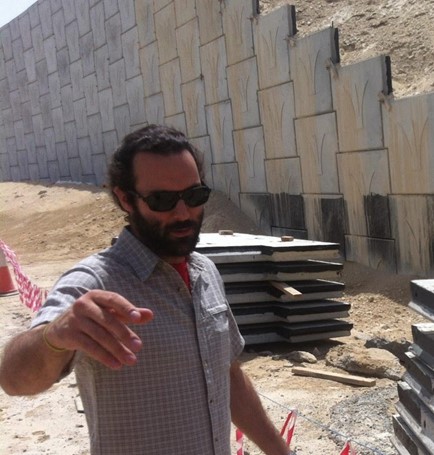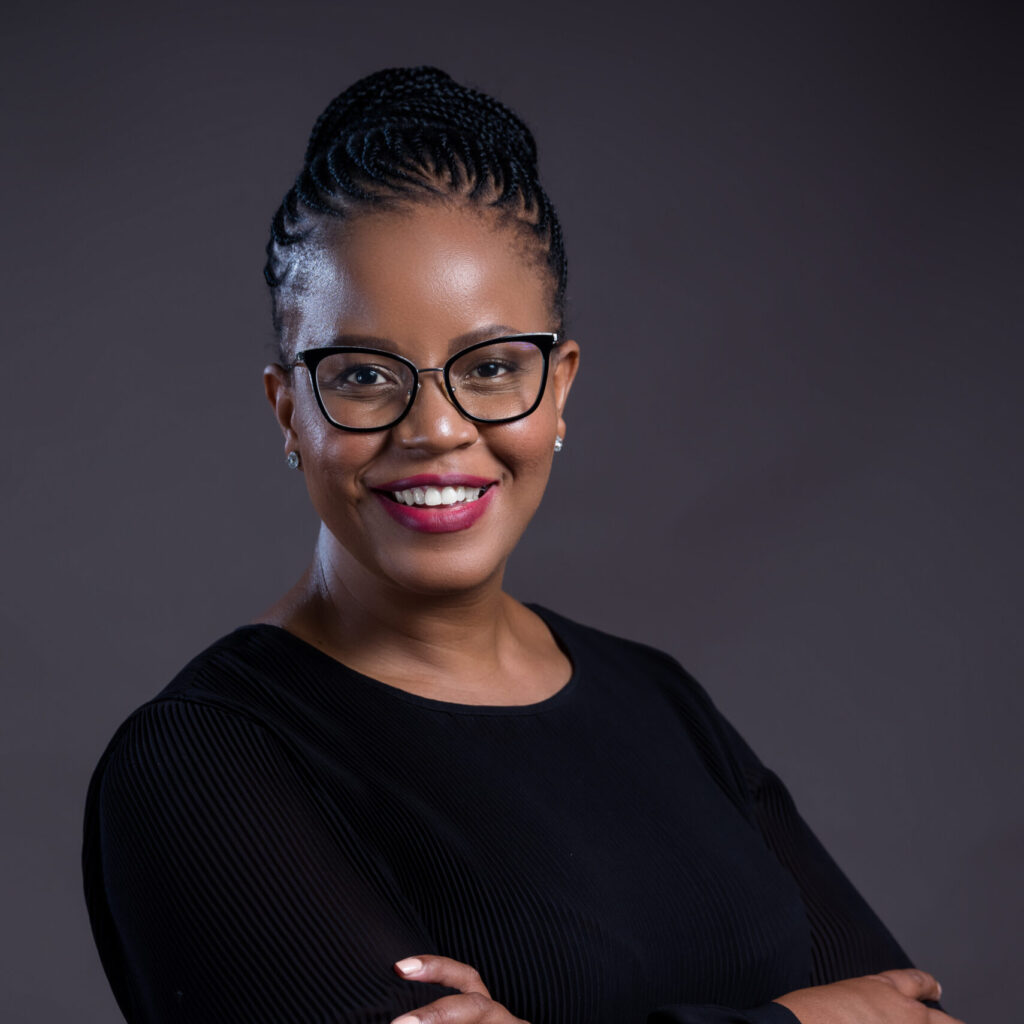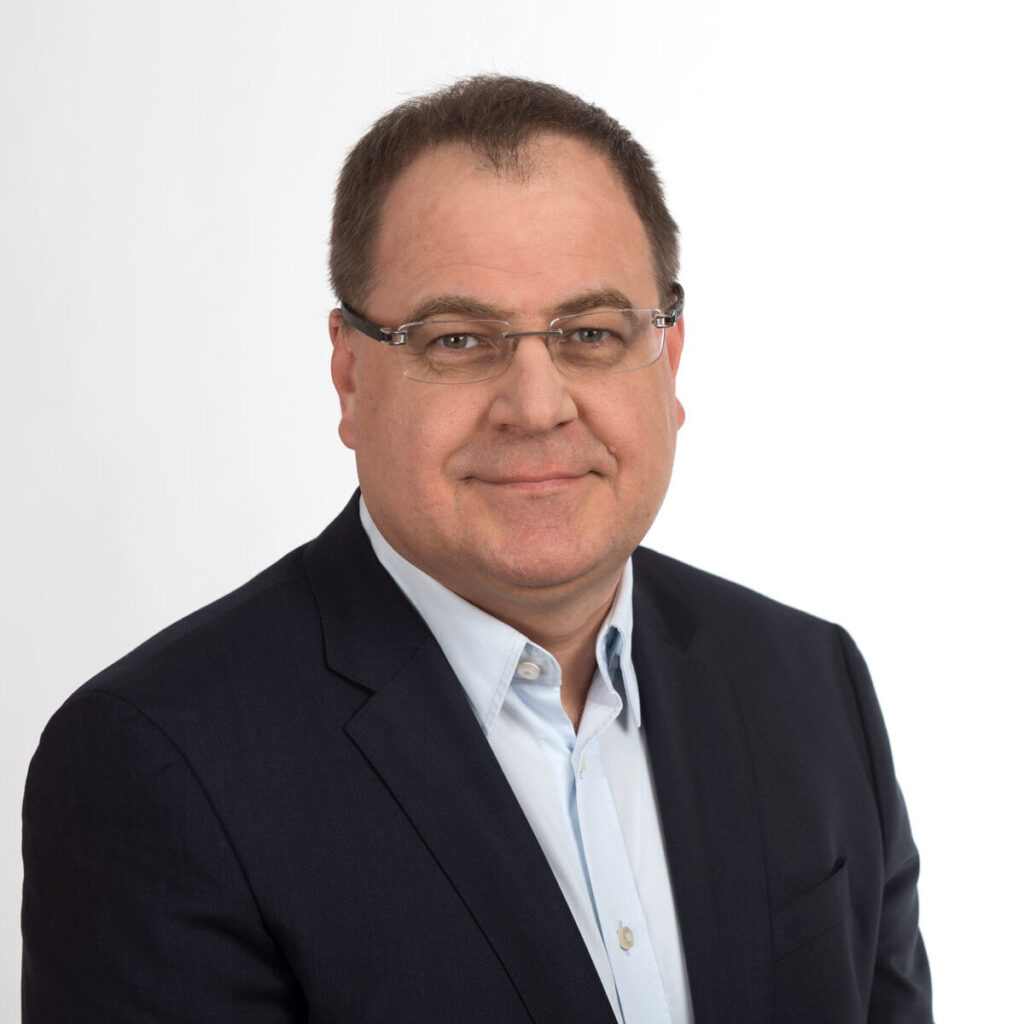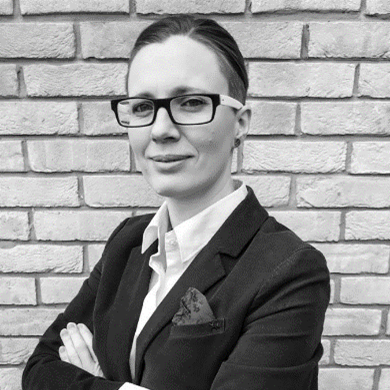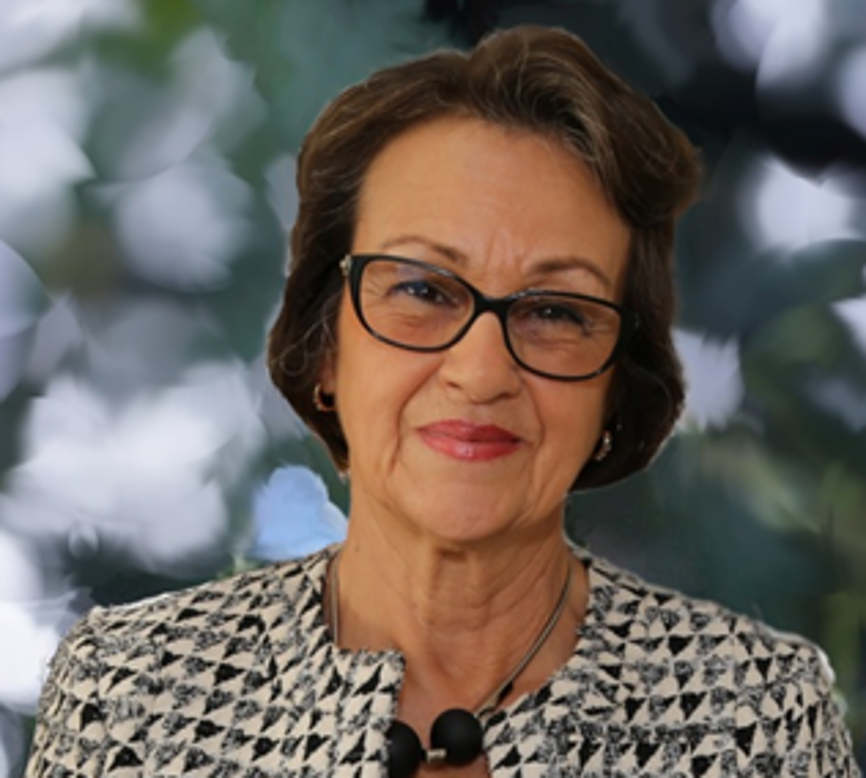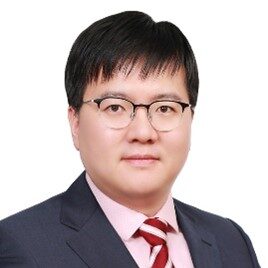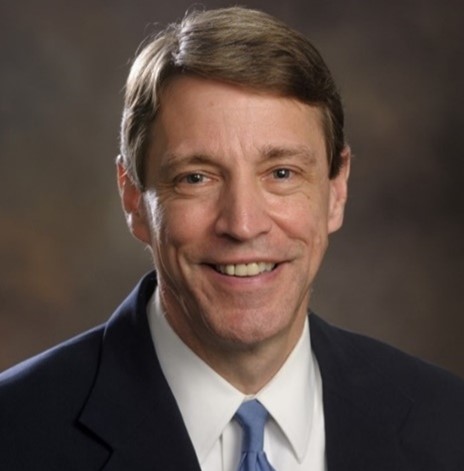 The Australasian chapter of the IGS, known as ACigs, represents the diverse regions of Australia and New Zealand. Here, chapter president Graham Fairhead shares his chapter’s history and the fascinating use of geosynthetics across the territory.
The Australasian chapter of the IGS, known as ACigs, represents the diverse regions of Australia and New Zealand. Here, chapter president Graham Fairhead shares his chapter’s history and the fascinating use of geosynthetics across the territory.

Please tell us a bit about ACigs.
“Interest in a local Geosynthetics Society started in 1999, initiated by Fred Gassner. Fred had recently moved to Australia from South Africa where he was also one of the initiators of the South African Chapter. The Australasian Chapter was incorporated in 2002 under the leadership of Fred and Professor Malek Bouazza. Other early key supporters were Mike Sadlier and Martin Smith. The ACigs represents Australia and New Zealand and has around 100 members and 13 chapter company members. We also reach out to Papua New Guinea and the Pacific Islands, which don’t currently have chapters. Last year we were pleased to host delegates from those areas attending our 2019 Educate the Educators (EtE) event.”
Tell us something about the make-up of your members.
“Our membership varies, ranging from recent graduates to industry veterans, engineering consultants, academics, contractors and geosynthetic material suppliers. We benefit from having within our leadership group international IGS members including Preston Kendall (IGS Council Member) and Jonathan Shamrock (TC Barriers Secretary) as well as former IGS committee members such as Warren Hornsey, Malek Bouazza and Mike Sadlier.”
What are you proud of in the chapter?
“We are really proud of the growth in membership and activities that we’ve achieved in the past four years. We have focused on providing benefits to members and the wider geosynthetics community. The leadership group is a cohesive team dedicated to providing learning activities to promote the informed and beneficial use of geosynthetics.”
What have you been doing in the chapter? Tell us a bit about your recent events.
“Geography is a challenge for the Australasian chapter. To overcome this, we hold regular fortnightly video conference executive team meetings and quarterly face-to-face strategic reviews.
In 2019, we introduced regular webinars, which have proven successful in reaching Australia and New Zealand, and further afield including Asia, Africa, Europe and North America. The webinars are free and held around every six weeks. The support from expert presenters has been most encouraging, particularly those from overseas having to present at a convenient time to the Australia/New Zealand (ANZ) audience and an inconvenient time for them.

In February 2019 we held the first Australasian Educate the Educators event and an International Speaker Series in Auckland, Melbourne and Brisbane. Then in November that year we held an industry workshop to develop standards for Construction Quality Assurance (CQA) professionals to assist in ensuring high quality construction with geosynthetics. These concepts are now being discussed with regulators and approval authorities.
In March this year we concluded a Geomembrane Workshop in two cities, and we have recently launched our ACigs 2020 photo competition. We are re-scheduling the remainder of 2020’s events due to COVID-19.
We always encourage members to participate in international IGS events. ANZ was well represented at the TC events in Barcelona earlier this year and (travel permitting) we have a number of papers being presented at the GeoAmericas 2020 conference in October.”
What sort of initiatives do you have available for younger members?
“Young members are a recent focus for ACigs and we have Preston Kendall leading this activity. It is still early days but already we have launched a sponsored graduate study program (in 2020, three postgraduate students have been accepted into this programme) and have started a series of Meet the Professional activities where industry experts explain to students what a career in geosynthetics might look like.

In March we also held a networking event for young members in Melbourne following the geomembrane education event.”
How would you describe the level of adoption / understanding about geosynthetics in Australasia?
“It is varied, and largely depends on the sector and application. Roads, mining and landfill utilize geosynthetic solutions widely, and educational opportunities exist within the rail, coastal and sports sectors.
Geosynthetics are commonly used in infrastructure projects, but the contribution geosynthetics could make to provide more environmentally-beneficial engineering solutions can be improved.
There is much education and training to be done with the engineering community.”
Where are the areas of most opportunity?
“As with most countries, landfill containment is a well-established sector for geosynthetics and a lot of demand currently exists within the road infrastructure sector. Also, there are opportunities for geosynthetic growth across ANZ within the water sector as well as resource and energy infrastructure.
The level of government infrastructure investment across ANZ post-COVID-19 will be interesting to see.”
What does the industry need to do to ‘grow the market’ in your area?
“Educate engineers, and particularly educate the academics (EtE) and students (the next generation of engineers). This is the fundamental way to increase the beneficial use of geosynthetics. There is also space for basic training as the young engineers are generally encouraged to further their learning.”
Can you describe the geosynthetics marketplace in your region? And is there great opportunity in a certain country?
“ANZ is part of Asia and close to China, so competition is fierce from the many Asian producers. However, there is still room for local and overseas players. Papua New Guinea and the Pacific Islands are seeing the presence of Chinese contractors, who tend to source from their home country.
There are many specialist installers (including landfill, rockfall, retaining walls etc), as well as a large community of environmental and geotechnical engineers who use geosynthetics to varying degrees.
We also have several specialist geosynthetic laboratories and a number of universities including geosynthetics in their research programs.”
Where is the geosynthetics industry concentrated in Australasia?
“The use of geosynthetics tends to reflect the local nuance of infrastructure activity – roads, water and slopes in New Zealand, mining in Western Australia and north Queensland, urban road and rail infrastructure in Melbourne and Sydney, tunneling in Sydney and Brisbane, and rail in regional Australia.”
What type of products have good adoption / less adoption?
“HDPE membrane, nonwoven geotextiles and biaxial geogrids are widely used. In recent years, demand for geocomposite drains has increased.”
Are there any notable facts about the market or the chapter?
“For a relatively small population base, ANZ is pretty advanced with the use and understanding of geosynthetics. For example, Victoria has the world’s highest level of landfill regulation, which has encouraged installers and producers to lift their level of quality and consistency, and New Zealand demands design consideration of seismic activity in all designs.
As a result, our ACigs membership base includes recognized world experts and some great research activities, including award-winning research into remediating hydro-carbon spills in Antarctica.”
Are there any notable projects in the region that have used geosynthetics?
“There are many ANZ world-class infrastructure projects where geosynthetics have been used – including many that have won industry awards.
New Zealand had the Christchurch and Kaikoura rebuilds where the complexity, scale and speed of the project were managed exceptionally well, with plenty of geosynthetics utilized.
The large Australian resource jobs (eg Gove, Wheatstone, Olympic Dam etc) are all significant in their own right for scale and technical complexity. Gas and specifically Coal Seam Gas in Queensland experienced an enormous investment recently which requires high-quality water storage assets which were built using complex designs and geosynthetic barrier systems. Included in these is the supporting rail and port infrastructure built on tricky geotechnical conditions, for example, the Port of Brisbane expansion and Cape Preston causeway built on exceptionally weak soils.
There are many tunnels being built across Australia, including the recent Melbourne tunnels where PFAS-contaminated soils are being disposed of with geosynthetics. PFAS is Per/Polyfluoroalkyl Substances.”
Is there anything else you’d like to say about geosynthetics use in Australasia?
“Whilst some sectors simply value price over quality or transparency of quality products, other sectors value technical expertise and quality. Materials acceptance testing is probably a stand-out area of focus in Australia with designers increasingly setting demanding requirements, lifting the bar on a global basis. This not only drives product quality improvements but also evolution of test methods. We are a remote location with a relatively low population, but there is a level of geosynthetic sophistication and engineering expertise that we are very proud of.
Our ANZ geosynthetic footprint includes manufacturers, laboratories, academics and researchers, designers, contractors and CQA testing companies, as well as geosynthetic media (web newsletter Geosynthetic News Alerts (GNA) is produced in Australia). It is this rich mix of participants that keeps the geosynthetic community stimulated and curious.”
Want to find out more? Visit ACigs here.
This article was featured in the IGS Chapter Chat. Chapter Chat is a quarterly publication released by the International Geosynthetics Society. Each edition shines a spotlight on the work of the IGS’s 47 worldwide chapters. The Summer version of Chapter Chat also features profiles on the Portuguese, French and Thai chapters, and includes a round-up of global chapter news and events. To read the 2020 Summer Chapter Chat, please CLICK HERE and please remember to share the issue via your social media profiles.


